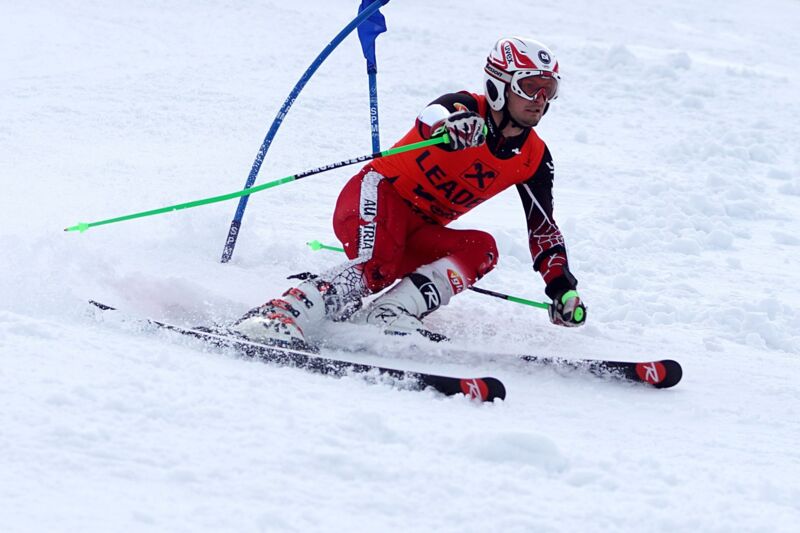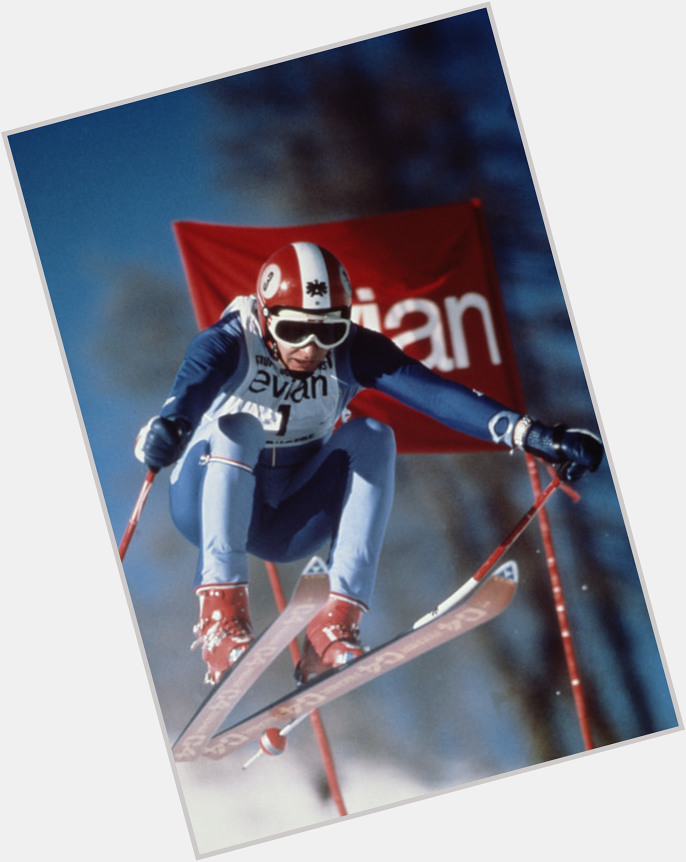
Interestingly, the Patscherkofel is also becoming an increasingly attractive destination for ski tourers who like to hike up the slopes as well as ski down them. The Olympic course is one of the longest (and most picturesque) runs in Tyrol, covering 1,000 vertical metres and taking skiers down through the forest to the bottom station of the Patscherkofelbahn lift in Igls. Year after year, both advanced and more leisurely skiers follow the tracks of this winter sports pioneer as they glide down the mountain into the valley below. He completed the challenging descent over a distance of around three kilometres in a record time of just under 106 seconds and became a ski hero in Austria. In 1976, Franz Klammer sped down the pistes of the Patscherkofel to achieve his legendary downhill victory. Its slopes, however, are anything but tame. With its rounded peak, the Patscherkofel gives the impression of being the Hafelekar’s tame little brother. We explored the mountain, focusing on six different stations. On this mighty mountain towering above the city of Innsbruck, however, they seem to have called a very amiable truce.

According to popular belief, nature and technology are always at odds. Visitors with a need for speed, on the other hand, will be in their element as they tackle the curves leading down into the valley, be it on a bike, bobsleigh, snowboard or skis. If you want to slow down and enjoy a break, you'll love hiking through the fragrant pine forests or going for a ride on the Patscherkofelbahn lift. The Patscherkofel is a mountain with many different faces. Although it is nearly 100 metres smaller than its counterpart (the Hafelekar, which reaches up to an altitude of 2,334 metres), the Patscherkofel still provides a gentle contrast to the rugged Nordkette mountains. On the other side of the city is the Patscherkofel with its rounded green summit and pointy radio mast.

#FRANZ KLAMMER NICKNAME HOW TO#



 0 kommentar(er)
0 kommentar(er)
